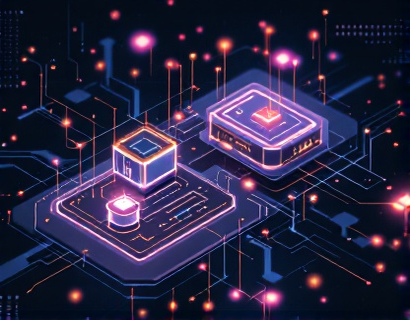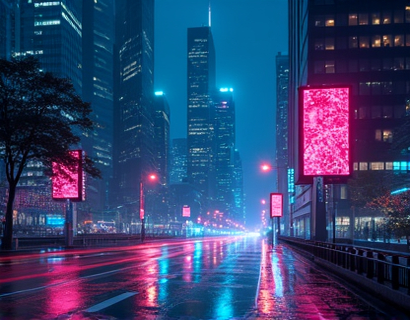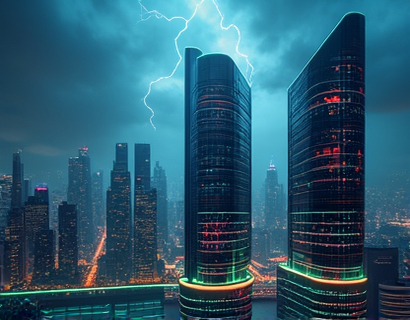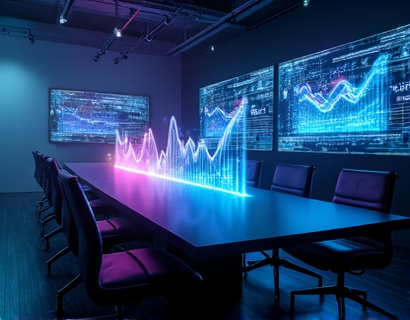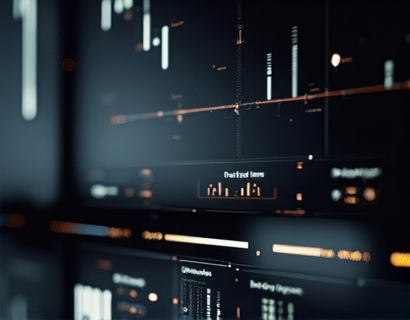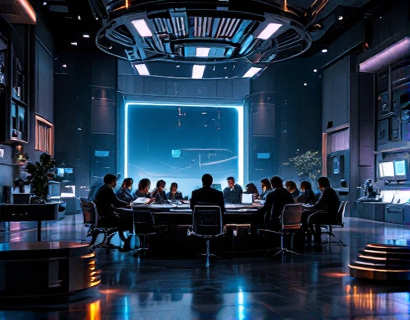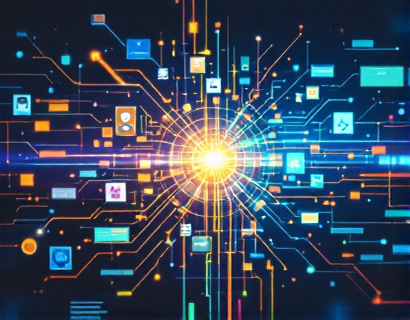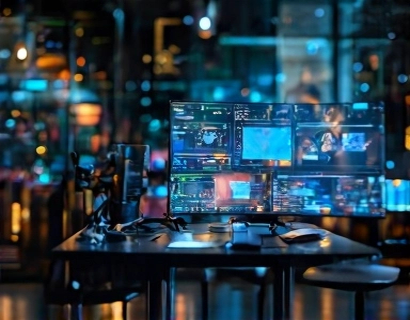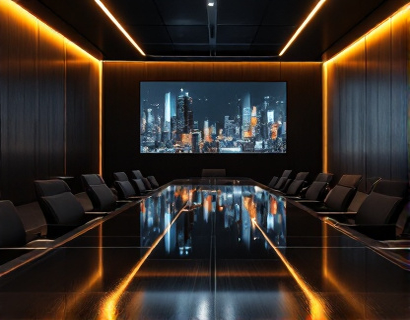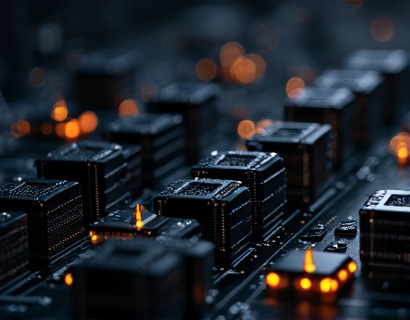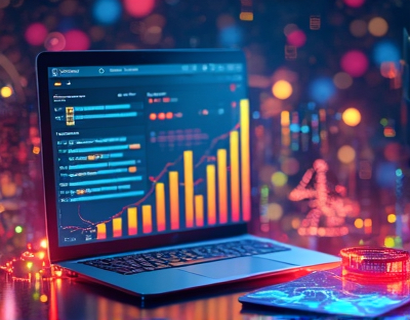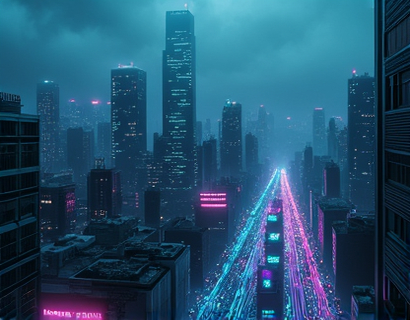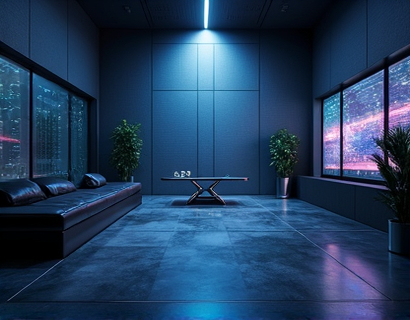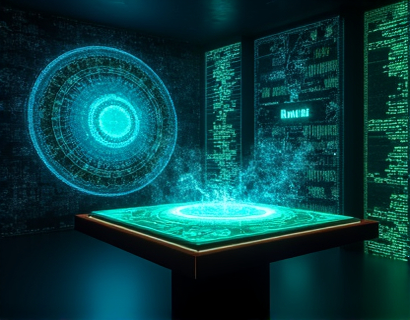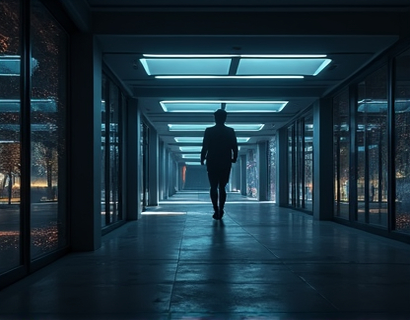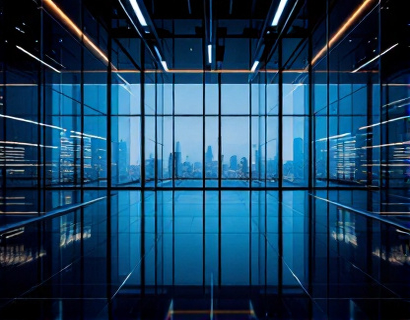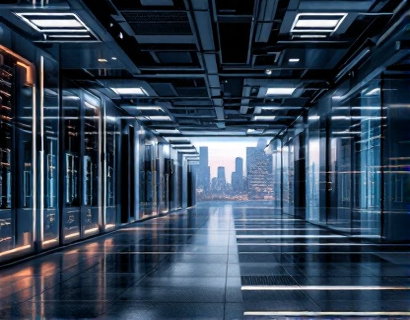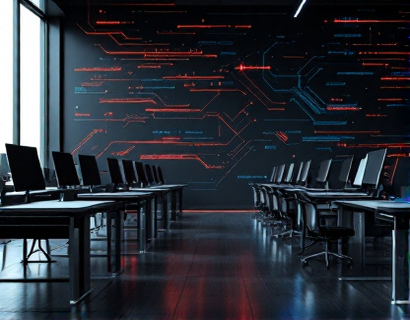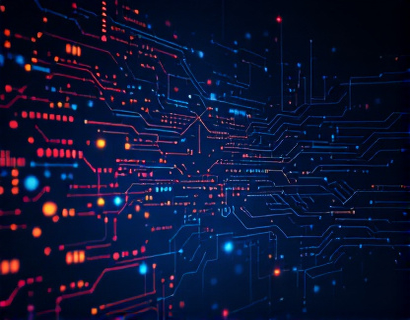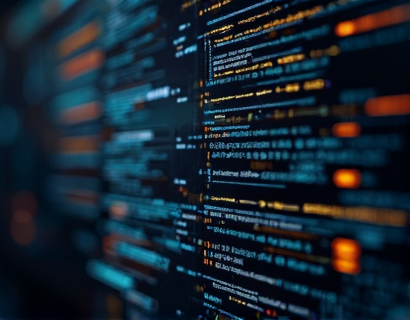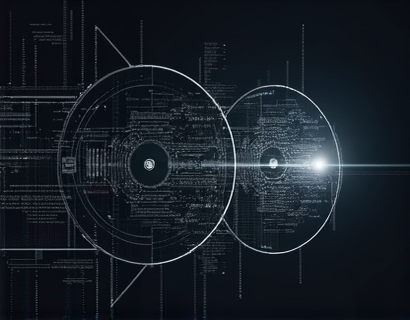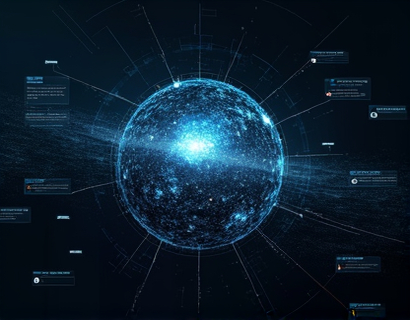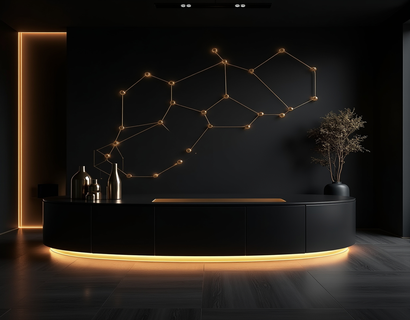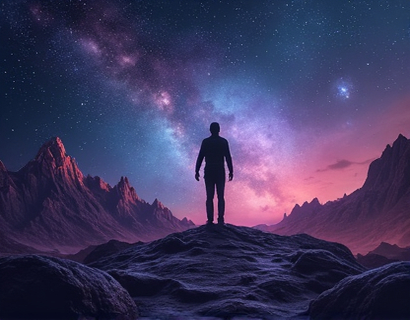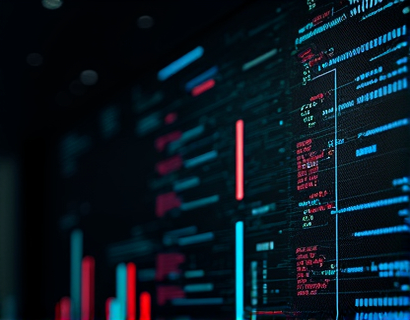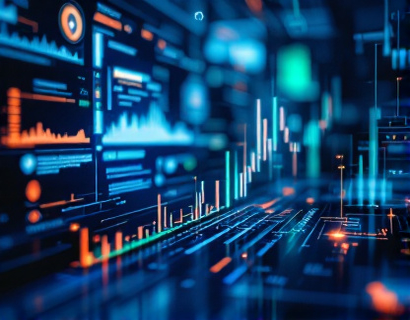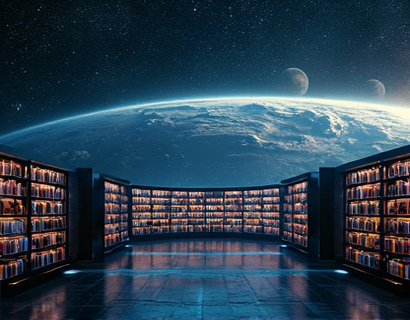AI-Driven Graphic Creation: Revolutionizing Visual Design for Everyone
The landscape of graphic design is undergoing a transformative shift with the advent of AI-driven tools that empower creatives of all levels. These intelligent online platforms are redefining how we approach visual design, making it more accessible, efficient, and innovative. This article delves into the capabilities and benefits of these cutting-edge tools, exploring how they are changing the game for designers, marketers, small business owners, and hobbyists alike.
Democratizing Graphic Design
Traditionally, graphic design has been a domain reserved for professionals with extensive training and expensive software. However, the integration of AI into graphic creation tools is breaking down these barriers. These platforms leverage machine learning algorithms to understand and generate visual content, allowing users with minimal design expertise to produce high-quality graphics. This democratization of design tools means that anyone with an idea can bring it to life, fostering a more inclusive creative environment.
How AI Enhances Design Processes
AI-driven graphic creation tools operate by analyzing vast datasets of design elements, styles, and trends. This analysis enables the tools to generate designs that are not only aesthetically pleasing but also contextually relevant. For instance, a user can input specific parameters such as the desired color scheme, theme, and intended use of the graphic, and the AI will produce a custom design accordingly. This process significantly reduces the time and effort required to create professional-looking visuals, making it an invaluable resource for those with tight deadlines or limited design skills.
User-Friendly Interfaces
One of the key advantages of these AI-powered tools is their intuitive user interfaces. Most platforms offer drag-and-drop functionality, pre-designed templates, and real-time previews, making the design process seamless and straightforward. Users can experiment with different layouts, fonts, and elements without needing to have a deep understanding of design principles. This accessibility ensures that even those who are new to design can produce compelling visual content with ease.
Versatility in Applications
The versatility of AI-driven graphic creation tools is one of their most compelling features. These platforms are suitable for a wide range of applications, from social media posts and blog headers to marketing materials and branding assets. Whether you need to create eye-catching images for Instagram, professional brochures for a client, or engaging presentations for a conference, these tools can handle it all. The ability to produce diverse and high-quality visuals in a single platform saves time and resources, making it an essential tool for any creative professional or enthusiast.
Time and Cost Efficiency
Time is a precious resource, especially for small businesses and freelancers who often juggle multiple tasks. AI-driven graphic creation tools significantly reduce the time required to produce visual content. By automating the design process, these tools allow users to focus on other critical aspects of their projects. Additionally, the cost of professional graphic design services can be prohibitive for many businesses. With AI-powered tools, the cost barrier is lowered, enabling more organizations to invest in high-quality visual content without breaking the bank.
Enhancing Brand Consistency
Maintaining brand consistency is crucial for building recognition and trust with customers. AI-driven graphic creation tools help ensure that all visual content aligns with a brand's identity by providing access to a library of pre-designed elements that adhere to specific brand guidelines. This consistency is particularly beneficial for small businesses and startups that may not have a dedicated design team. By using these tools, they can maintain a cohesive visual identity across all their marketing channels.
Customization and Personalization
While AI-generated designs are impressive, they also offer a high degree of customization. Users can tweak various aspects of the designs to better suit their specific needs. This flexibility ensures that the final product is unique and tailored to the user's vision. Whether it's adjusting the color palette, modifying text, or changing the overall layout, these tools provide the necessary controls to create personalized visual content that resonates with the target audience.
Collaboration and Sharing
Collaboration is a key aspect of modern creative workflows, and AI-driven graphic creation tools facilitate this process. Many platforms offer features that allow multiple users to collaborate on a project in real-time. Team members can provide feedback, make changes, and approve designs directly within the tool. Additionally, these platforms often include easy sharing options, enabling users to export and share their designs seamlessly across various platforms and devices.
Educational Resources and Community Support
For those new to design, the learning curve can be steep. To address this, many AI-driven graphic creation platforms provide comprehensive tutorials, guides, and community forums. These resources help users understand the tools and techniques available, fostering a learning environment that encourages creativity and skill development. The community aspect also allows users to share their work, get feedback, and stay inspired by the creations of others.
Environmental Impact
In an era where sustainability is increasingly important, AI-driven graphic creation tools contribute to a more environmentally friendly approach to design. By reducing the need for physical prototypes and minimizing waste, these tools help lower the carbon footprint associated with traditional design processes. Additionally, the ability to create and share digital content reduces the demand for printed materials, further supporting eco-friendly practices.
Future Trends in AI-Driven Design
The future of AI-driven graphic creation is promising, with ongoing advancements set to enhance the capabilities of these tools even further. One area of focus is the integration of natural language processing (NLP) to allow users to describe their design ideas in plain language, with the AI translating these descriptions into visual designs. Another trend is the incorporation of augmented reality (AR) and virtual reality (VR) to create immersive design experiences. These innovations will continue to make graphic design more accessible and interactive, opening up new possibilities for creatives.
Conclusion
AI-driven graphic creation tools are revolutionizing the way we approach visual design, making it more accessible, efficient, and creative. By leveraging the power of machine learning, these platforms empower users to produce professional-quality graphics with minimal effort. Whether you are a seasoned designer or a casual user, these tools offer a valuable resource to enhance your creative projects. As the technology continues to evolve, the potential for innovation in graphic design is limitless, ensuring that the creative process remains dynamic and exciting for years to come.



